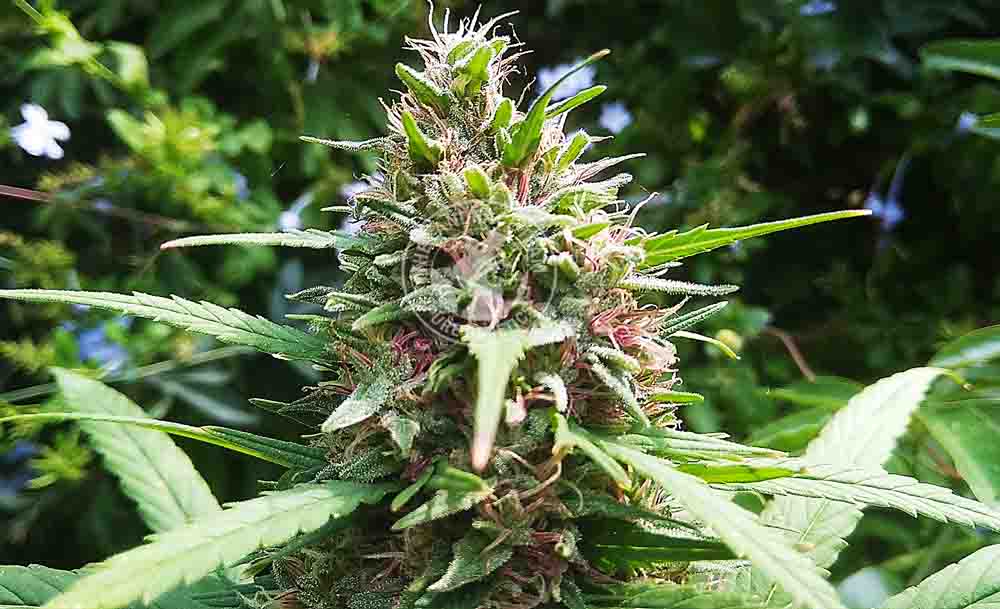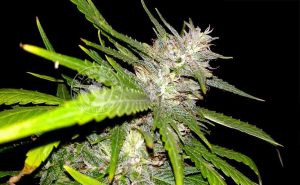Latitude: 34 N (grown at Lat. 31 N)
Strain: Moroccan landrace from Ketama
Purpose: Hash (dry sieve)
Harvest: Ready between the end of August and end of September in Morocco
Height: Between 1 to max 2 metres according to grow conditions
Seeds: Regular
Vegetative stage: Between 10 to 12 weeks
Flowering: around 8 weeks but usually less
Aromas: Peppery, Spicy, mint, old/seasoned wood, earthy,grounding
Phenotypes: 2 – one pink and one golden-blonde
Appearance: the buds present themselves as being compact and of a darker type of green
Aromas of mint, wood. and spicy/pepper. Smooth smoke that doesn’t scratch the throat. It’s a thick smoke and hits you immediately. It’s a mental high of quiet but euphoric proportions, uplifting, energizing. It’s a silent bomb. It lasts for a good two or more hours. It hits very quickly and at the beginning it’s all in the head, and then slowly wears off without making you feel super tired, on the contrary makes you go inside and ground yourself.
Seeds are usually of medium-big size, pretty dark as if they had been roasted, motted and striped but seeds without stripes can be found as well of a more uniform colour between dark green and brown. Seeds were obtained through a dear gardener friend who travelled, worked and lived in the Ketama region in the 70’s, long before the invasion of today’s strains (hybrids). Seeds have been grown in the 70’s up on the Ketama region and only in outdoor.Making sure that this line has kept its pure form. From the 80’s cultivation has been moved further south at latitude 31.
Ketama plants grow with a columnar shape, this is due to the fact that back then farmers preferred to plant as many plants as possible and close to one another, therefore side branches are very short and few but, on the other hand, plants reach up (vertically) for the sun-light. This is why Ketama develops, mainly, a single big long bud. It is a very easy plant to grow. Moroccan weather is very dry and so is the land.
These plants have adapted to this kind of climate and can withstand periods of drought. They are very adaptable plants and perform well even in colder climates as well as humid climates at latitude 22 where they’ve been grown for 2 years in a row now performing well, this is due to the shorter flowering time they require.

